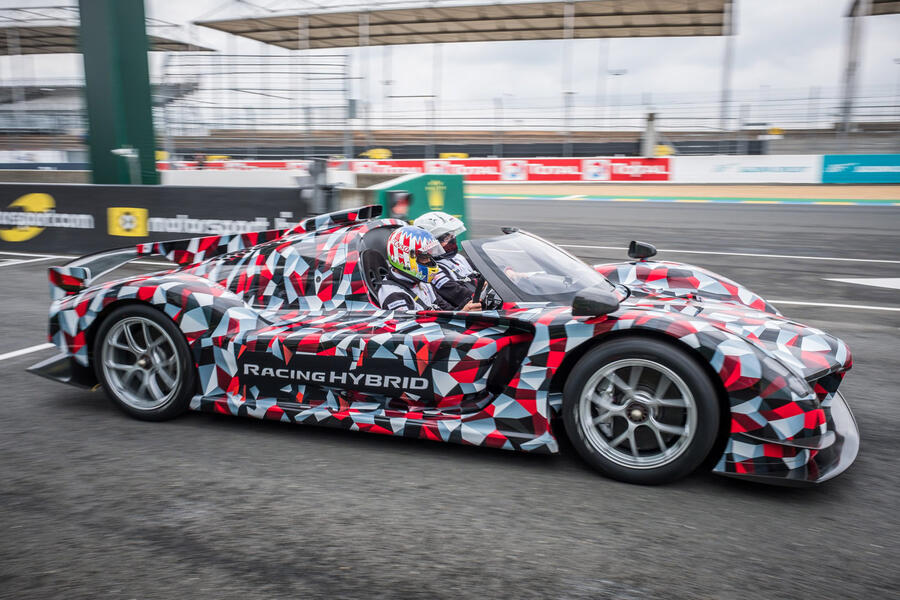Toyota will top its growing range of GR performance cars with the 986bhp GR Super Sport hypercar, which is due to arrive next year with a plug-in hybrid powertrain developed from the firm’s Le Mans 24 Hours-winning endurance prototypes.
The Mercedes-AMG One and Aston Martin Valkyrie rival will be the flagship model for Toyota’s GR performance car range, which now includes the GR Supra, GR Yaris and new GR 86. It will also serve to firmly link Toyota’s World Endurance Championship programme to its road cars. Company boss Akio Toyoda has put a major emphasis on reinforcing the connection between Toyota’s various motorsport projects and its road-going models.
The decision to make the mid-engined, rear-wheel-drive two-seat GR Super Sport was originally approved and announced in 2018, when the planned new Le Mans Hypercar (LMH) regulations for the FIA World Endurance Championship required manufacturers to base racers on road-legal cars.
However, the LMH rules have changed substantially since then to allow bespoke racing cars with all-wheel-drive hybrid powertrains – and that removed the need for Toyota to produce the GR Super Sport for homologation reasons.
Despite that, Toyota has committed to producing the machine as a limited-run halo model and to essentially make it a road-legal version of the racing car – effectively a reversal of the traditional homologation special.

The new road car will be presented as a sister model to the new GR010 Hybrid racer that Toyota will campaign in the World Endurance Championship this year, although its powertrain and mechanicals will be based on that car’s predecessor, the LMP1-class TS050 Hybrid.
The GR Super Sport uses a road-tuned version of the TS050 Hybrid’s 2.4-litre direct-injection twin-turbo V6, fitted to a ‘Toyota Racing System’ hybrid. Toyota has not given details of how the hybrid system will work or how many electric motors it features, but the firm has previously said the total system output was planned to be 986bhp. That figure was originally chosen to match the GR010 Hybrid under the original LMH regulations.
















Join the debate
Add your comment
Also, the original GR Super Sport concept was presented in January 2018. The first draft rulebook wasn't out until late that year.
Another racing car for the roads that can barely accomodate the speeds a 1970's family saloon can manage? Great, just what we need.